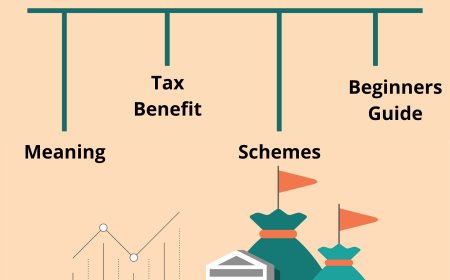Leverage Trading Calculations: How Much Can You Make (or Lose)?

Leverage trading is one of the most excitingand riskystrategies in the cryptocurrency market. It allows traders to control larger positions than their actual investment by borrowing funds, amplifying both potential profits and potential losses. While leverage can significantly increase returns in a bullish market, it can just as easily lead to rapid liquidation if the market turns against you. Thats why understanding how to calculate your gains and losses before entering a leveraged position is critical. Whether you're comparing leverage trading with other strategies like mining or considering long-term moves based on a bitcoin price prediction 2026, doing the math in advance can save you from costly mistakes.
What Is Leverage Trading?
Leverage trading involves borrowing capital to increase the size of a trade. For example, with 10x leverage, a $1,000 investment lets you control a $10,000 position. This magnifies profits if the trade goes in your favorbut it also amplifies losses if the market moves against you.
Heres a basic example:
-
You open a long position on Bitcoin at $50,000 using 10x leverage with $1,000 capital.
-
Bitcoin rises 5% to $52,500.
-
Without leverage, your gain would be $50. With 10x leverage, your profit is $500 (minus fees).
However, if Bitcoin drops 5%, your $1,000 is wiped out and the position is liquidated.
How to Calculate Leverage Trading Profits and Losses
To understand the risk and reward, you must calculate:
Profit/Loss = (Price Change % Leverage) Position Size
For example:
-
Investment: $2,000
-
Leverage: 5x
-
Position Size: $10,000
-
Price Increase: 3%
-
Profit = 3% 5 $10,000 = $1,500
But if the price drops 3%, the loss is also $1,500potentially wiping out your initial capital.
Keep in mind, exchanges set liquidation thresholds that may trigger before your full loss is reached. These thresholds vary depending on the leverage used.
Comparing with Mining Strategies
Some investors use leverage trading to seek fast profits, while others prefer long-term strategies like mining. Using a calculate bitcoin mining tool can help you estimate mining rewards over time based on hash rate, electricity costs, and current Bitcoin difficulty. While mining offers lower immediate returns than leverage trading, it typically comes with less risk of total capital loss.
For example, if you invest $5,000 in mining equipment and electricity, a mining calculator can estimate your monthly BTC earnings. If Bitcoin's value increases steadily, your mining profits can grow over time without the volatility and liquidation risks of leverage trading.
Considering the Long-Term: Bitcoin Price Prediction 2026
Leverage trading decisions are often influenced by market sentiment and forecasts. A bullish bitcoin price prediction 2026 might tempt traders to open large leveraged long positions. If, for instance, Bitcoin is projected to reach $150,000 by 2026, many might attempt to maximize gains using 5x or 10x leverage.
However, even in a long-term bull market, short-term corrections are common. These corrections can easily wipe out leveraged positions before the predicted target is reached. Thats why its crucial to use stop-loss orders, understand liquidation risks, and never trade with money you cant afford to lose.
Tips for Safe Leverage Trading
-
Start with low leverage (2x3x) to limit risk.
-
Set stop-loss orders to prevent total losses.
-
Only use leverage on funds you can afford to lose.
-
Combine technical analysis with broader market research.
-
Use a trading calculator to evaluate potential outcomes before executing a position.
Final Thoughts
Leverage trading can be a powerful tool for maximizing gainsbut it carries significant risk. By understanding how to calculate both profit and loss scenarios, traders can better manage their exposure and make informed decisions. Whether youre comparing leverage trading to other strategies like mining with a calculate bitcoin mining tool, or factoring in a bitcoin price prediction 2026, it's essential to approach leverage with caution and precision. In crypto, the potential for profit is hugebut only when backed by solid risk management and careful calculation.

















































